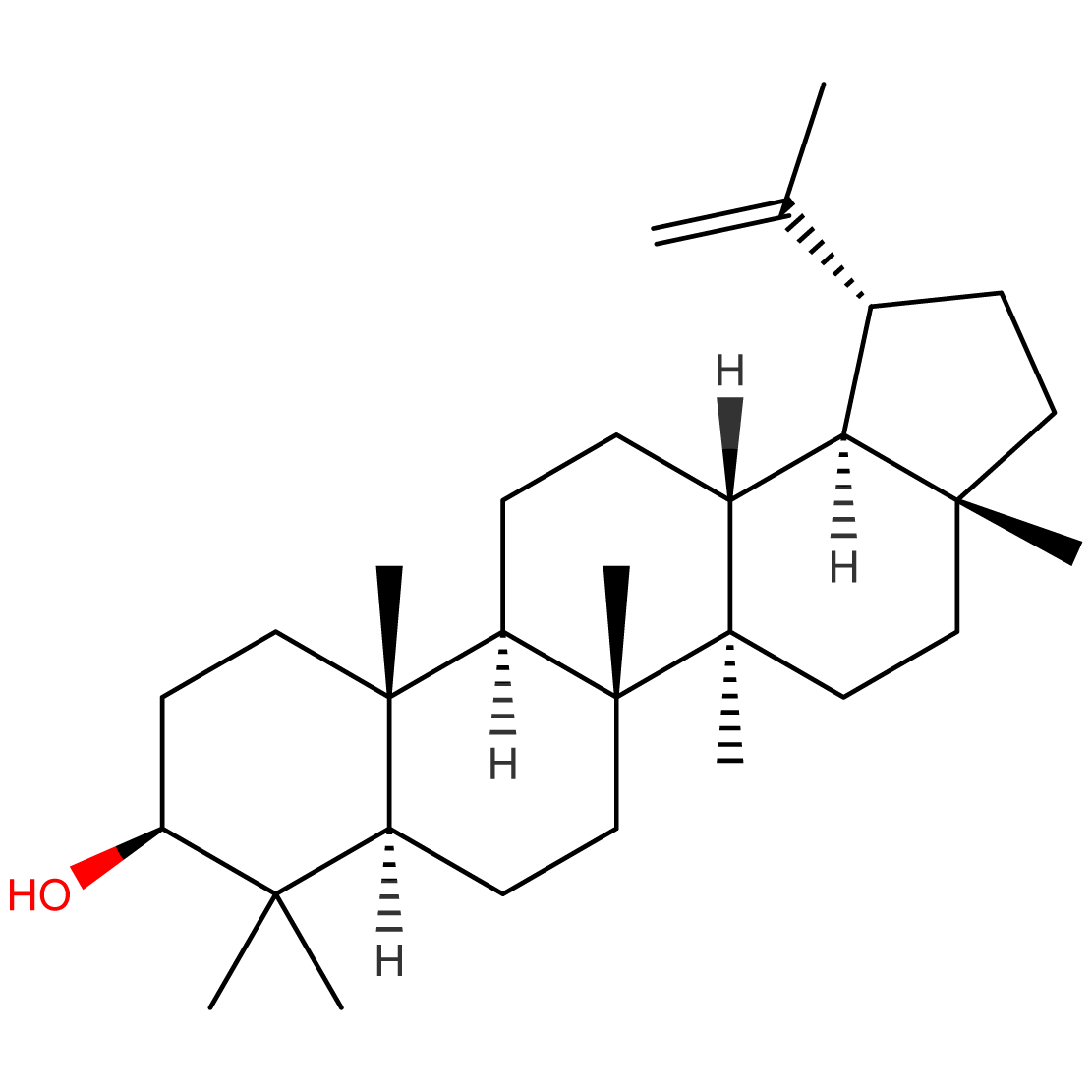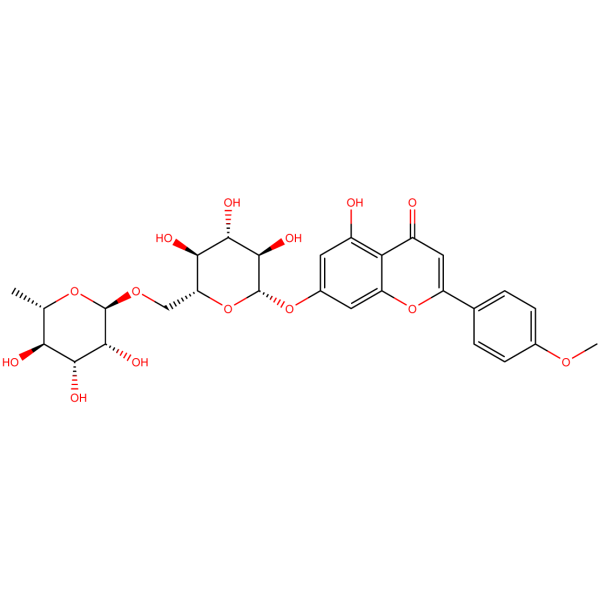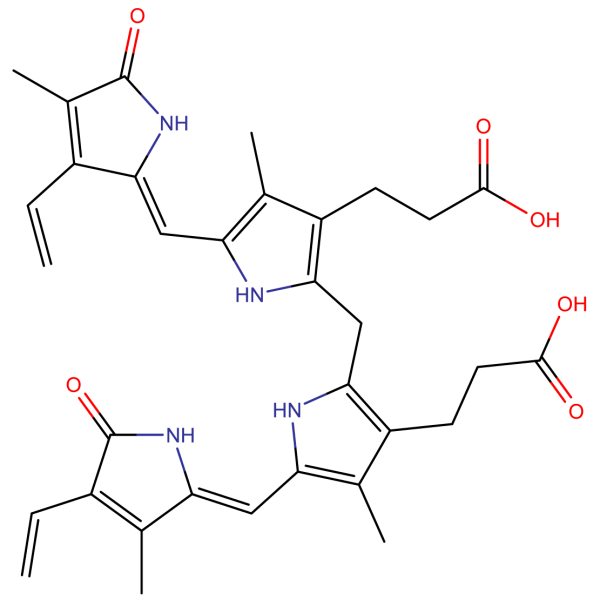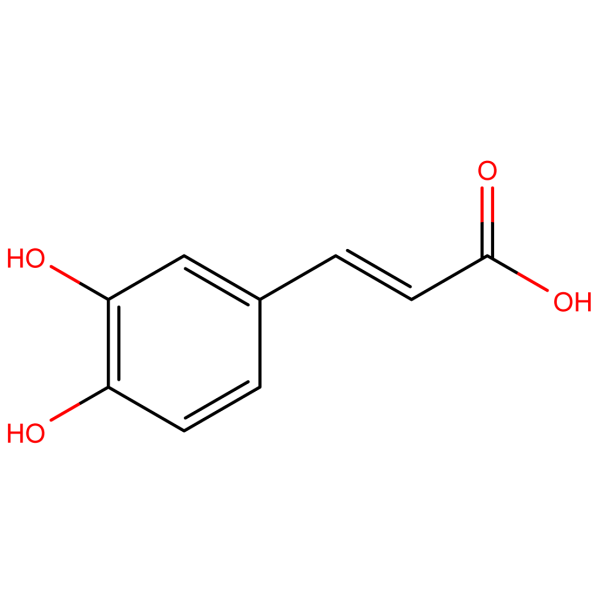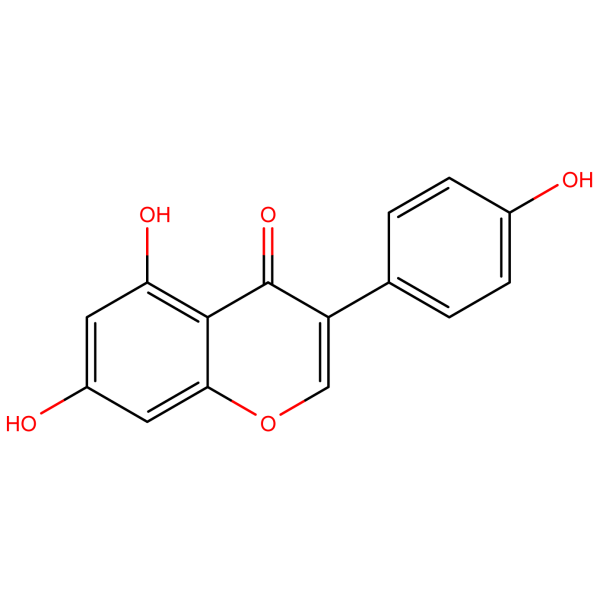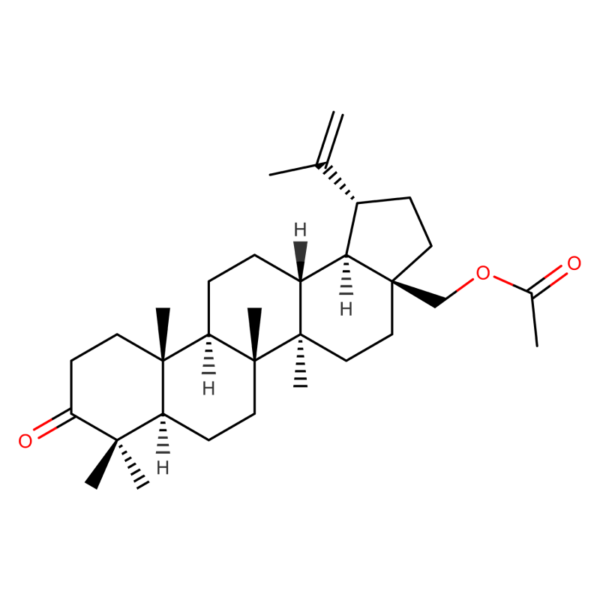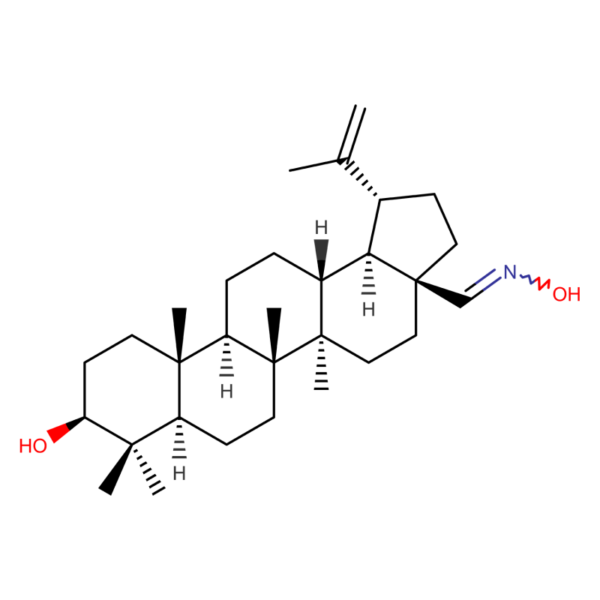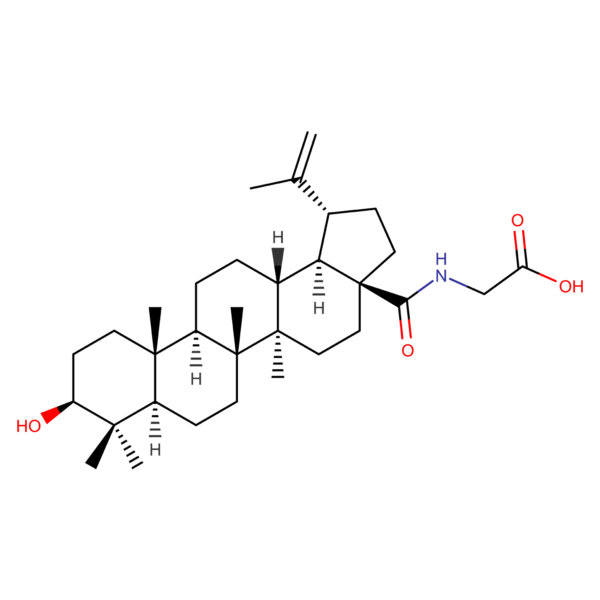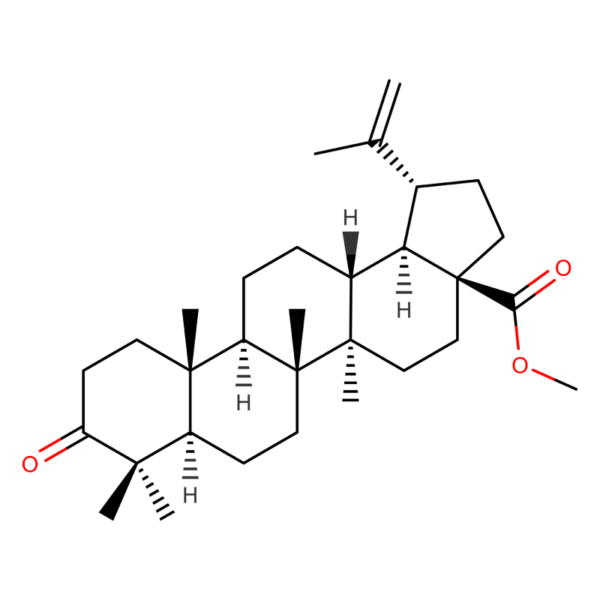Lupeol: Unveiling the Potential of a Versatile Triterpene
1. Molecular Identity
- Chemical Name: (1R,3aR,5aR,5bR,7aR,9S,11aR,11bR,13aR,13bR)-3a,5a,5b,8,8,11a-hexamethyl-1-prop-1-en-2-yl-1,2,3,4,5,6,7,7a,9,10,11,11b,12,13,13a,13b-hexadecahydrocyclopenta[a]chrysen-9-ol
- CAS Number: 545-47-1
- Source: Widely distributed in various plant species, including fruits, vegetables, and medicinal plants
2. Biochemical Significance
Lupeol is a pentacyclic triterpene with a diverse range of biological activities. Its unique molecular structure allows it to interact with multiple cellular targets, making it a compound of significant interest in natural product research and potential therapeutic applications.
3. Key Therapeutic Properties
- Anti-inflammatory: Demonstrates potent anti-inflammatory effects
- Anticancer: Shows promise in inhibiting various cancer cell lines
- Antioxidant: Exhibits free radical scavenging activity
- Cardioprotective: Displays potential in supporting cardiovascular health
4. Potential Applications
- Cancer research and chemoprevention studies
- Inflammatory disorder investigations
- Cardiovascular disease research
- Skin health and cosmeceutical development
5. Current Research Focus
Ongoing studies are investigating Lupeol’s effects on:
- Various cancer types and mechanisms of action
- Inflammatory signaling pathways
- Cardiovascular disease models
- Skin aging and photoprotection
6. Formulation Challenges and Innovations
Researchers are actively working on:
- Enhancing bioavailability through novel delivery systems
- Developing topical formulations for dermatological applications
- Creating stable preparations for various research and therapeutic uses
7. Regulatory Considerations
As a naturally occurring compound found in many edible plants, Lupeol has a generally favorable safety profile. However, its use as a therapeutic agent would require thorough safety and efficacy evaluations to meet regulatory standards.
8. Future Directions
The scientific community anticipates:
- Advanced clinical trials for specific indications, particularly in cancer and inflammation
- Exploration of synergistic effects with other natural compounds
- Development of semi-synthetic derivatives with enhanced properties
9. Collaborative Opportunities
We invite researchers, pharmaceutical companies, and academic institutions to explore the research potential of Lupeol. For inquiries, collaborations, or to discuss how Lupeol can benefit your research projects, please contact us at sales@nstchemicals.com.
Join us in unlocking the potential of Lupeol – a versatile triterpene at the forefront of natural product research and innovative therapeutic strategies.

